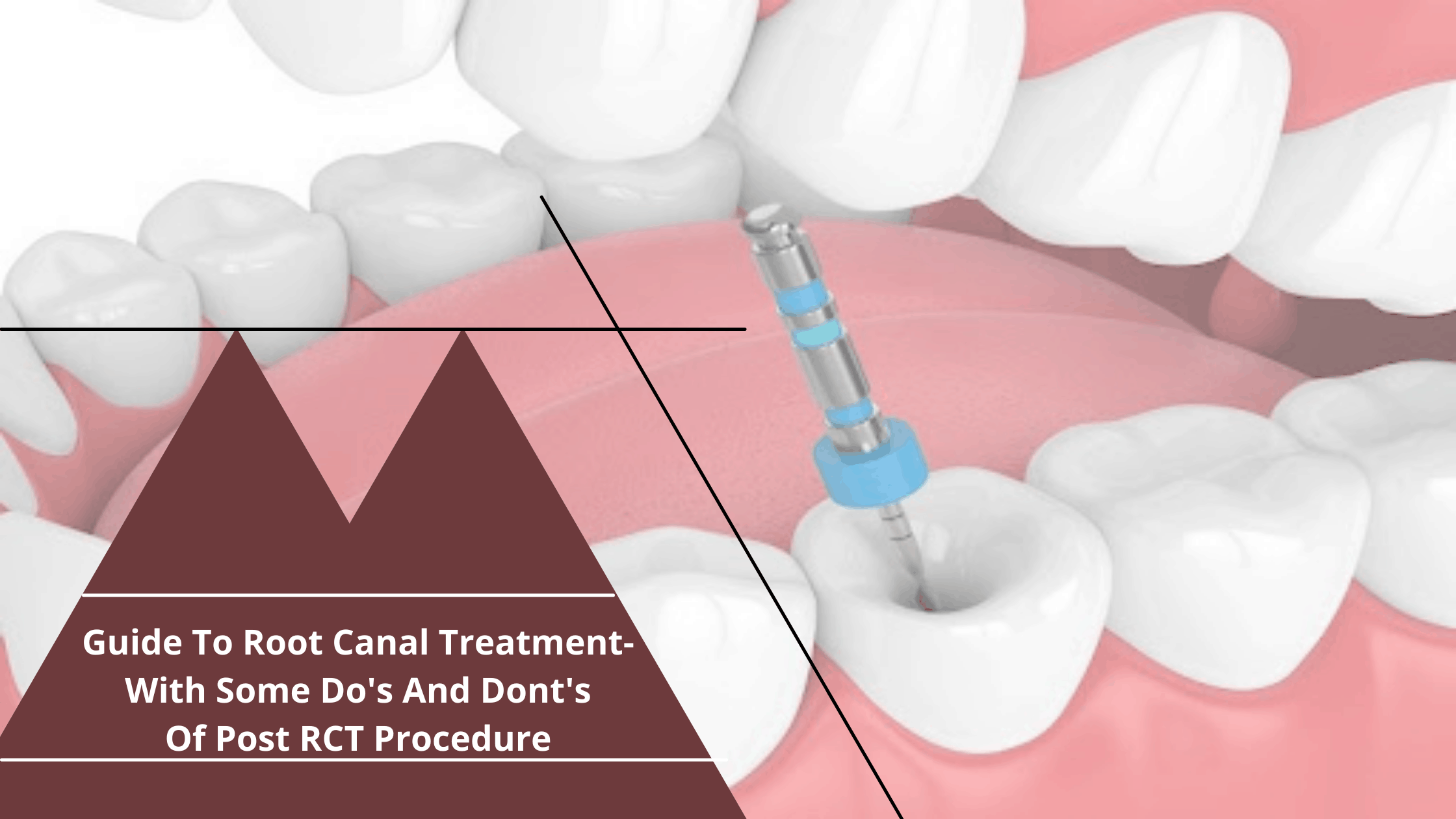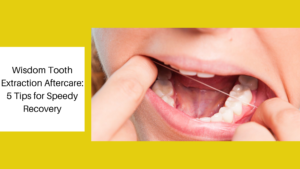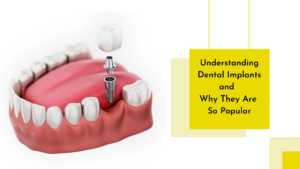Root Canal Treatment is one of the most common dental procedures. It is minimally invasive, safe, and a preventive measure to restore healthy teeth by eliminating bacterial infections, thus, saving other teeth from infections.
Though RCT provides strength to the dental structure, people often question the durability and reinfection of RCT structures. When our team offers root canal treatment in Kalyani Nagar, we also provide all basic details of RCT procedures and Do’s And Dont’s post-root canal treatment caring tips for better maintenance of your root canal.
What Is Root Canal Treatment?
Root canal treatment is a sequence of procedures that aims to eliminate bacterial infections in teeth and preserve their structure by preventing future bacterial invasion. It is an endodontic treatment in which the infected soft pulp within a tooth’s root is removed, and the site is cleaned, disinfected, and sealed with gutta-percha, a biocompatible cement.
When Do You Need A Root Canal Treatment?
Root Canal Treatment is advised when bacteria infect and decays the soft pink pulp within teeth, causing nerve inflammation. Such a condition causes inflammation in the gums resulting in persistent shooting pain.
Endodontic surgery cuts the source of infection and contains further spread of infection through the common nerve root base of teeth’s structure.
STEP-By-STEP Procedure Of Root Canal
The procedure proceeds in simple steps:
Step 1- Preparation
Since the procedures are invasive with chances of blood loss and pain, the dentist cleanses and applies anesthesia to numb the site.
Step2- Cleansing
The dentist removes the teeth and scrapes the infected pulp gently to remove all infection. The procedure is done very carefully without disturbing neighboring gum tissues. Once the pulp is scooped and cleaned, a disinfectant is applied to the RCT site.
Step 3- Sealing
The cavity is filled with biocompatible cement called gutta-percha and sealed. The cement is a replacement for pulp, which gives gums structure, allowing no room for re-infection.
Step 4- Replacement of Natural teeth With A Cap
Typically, the dentist recommends putting a synthetic tooth cap on the RCT site to give it a natural look and cover it from top to minimize any chances of reinfection.
Why Is it Important To Care Root Canal?
Root Canal Is a preventive measure to contain the infection and prevent reinfection. But, it is important to care for the RCT site for the following reasons.
- Prevent further bacterial invasion
- Prevent sealing cement from coming out
- Leaving no gaps within teeth
- Maintain cap fitting
- Allow the gum tissues and nerves to grow around the RCT site, giving it a robust structure.
Important DO’s And Dont’s Of Root Canal Treatment
Here are some do’s and don’ts that our dentists suggest to patients who get their RCT at our dental clinic in Kalyani Nagar.
DO’s
- Brush twice and floss at least once a day. Typically, people skip flossing, but it helps maintain a cleaner mouth as the thread reaches the tiniest crevices that the brush cannot reach.
- Also, clean through the backside of all teeth that are usually left out while brushing. Ask your dentist to recommend a medicated toothpaste to better care for sensitivity problems.
- Visit your dentist at least twice for general checkups every six months. In addition, you can visit our dental clinic in Kalyani Nagar to better supervise your oral health after your endodontic surgery.
- If the cement or the cap comes, do not delay; book an early appointment and visit our dentist to follow up on your root canal treatment with us.
Dont’s
- Do not pick your teeth with sharp objects since they can damage gum tissues, weaken the dental base, and allow bacterial germination.
- Do not consume sugary, sticky food regularly and always floss after having such foods as they can form grounds for bacterial infection.
- Do not leave the site without a cap replacement. Our dentists take a prior impression and accurate dimensions of your teeth in no time before RCT procedures and fix the cap on the site once the gum tissues adhere to RCT treatment.
The RCT treatment is one of the most common procedures. We devise advanced and safe RCT procedures and supervise patients with follow-up appointments to give longevity to dental structures.





